I’ve built up years of lawn care knowledge and wisdom over the years, and my aim has always been to put it to good use and share it with people who actually care.
I’ve written this quick guide to all the essential tools I use for a perfect lawn, which is more personal and (hopefully) more helpful than all the AI content that’s dominating our search feeds at the moment. Thanks for reading!
Table of Contents
🚜 A Good Lawn Mower
Let’s start with the obvious – you won’t get very far in achieving the perfect lawn if you don’t have a good lawn mower.
A quality lawn mower is essential because it’s THE tool for keeping your lawn at an optimal height, which promotes healthy growth and a lush appearance.
I’ve used dozens of lawn mowers throughout my career, and there are a few features that I recommend in terms of enhancing the mower’s cutting performance. A powerful engine, sharp blades, and a good diversity in cutting height range will help you to effortlessly mow your lawn regardless of your situation.
You might also want to look for features like self-propulsion, ergonomic handles, and convenient start mechanisms (like push-button start for petrol mowers), depending on the size of your lawn and how long your mowing sessions take.
Are there any mowers I recommend in particular?
It’s impossible to recommend just one mower for everyone, but there are dozens of guides on my website if you want to see what I recommend for specific situations.
Generally, I’ve had a positive experience with Bosch and Flymo for affordable electric mowers, and I’ve liked the Hyundai and Mountfield petrol mowers I’ve reviewed. Other brands I generally get on with include Einhell, Ryobi, Webb, Murray, and Yard Force.
Here are a few guides to get you started:
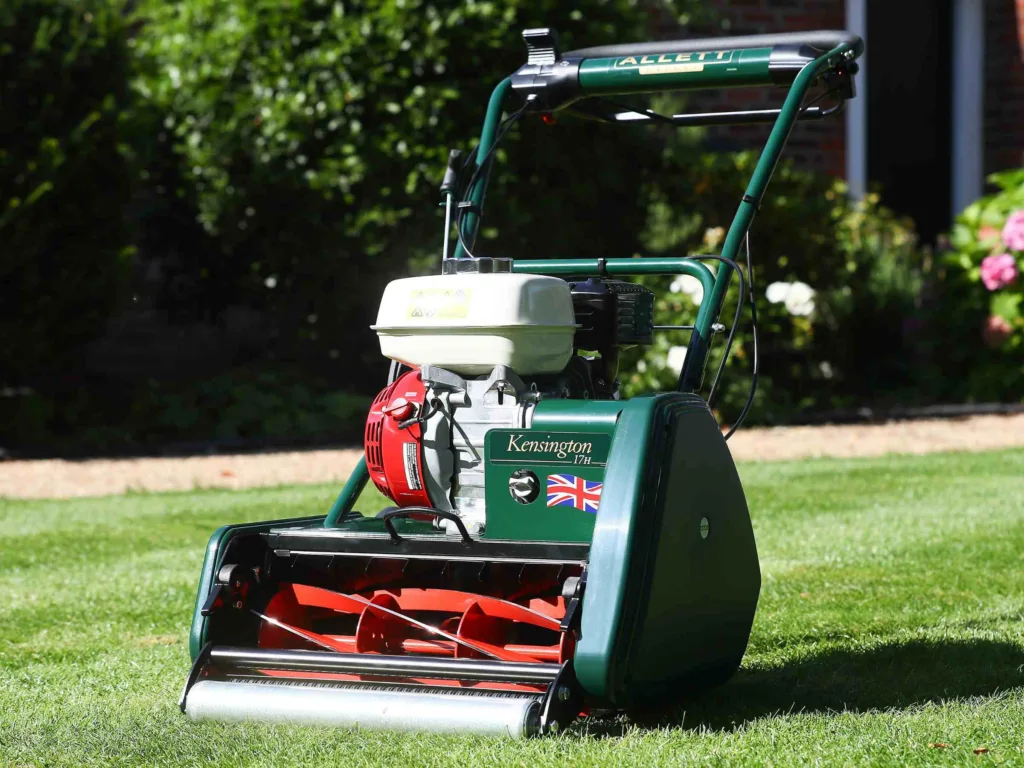
Cylinder Mower
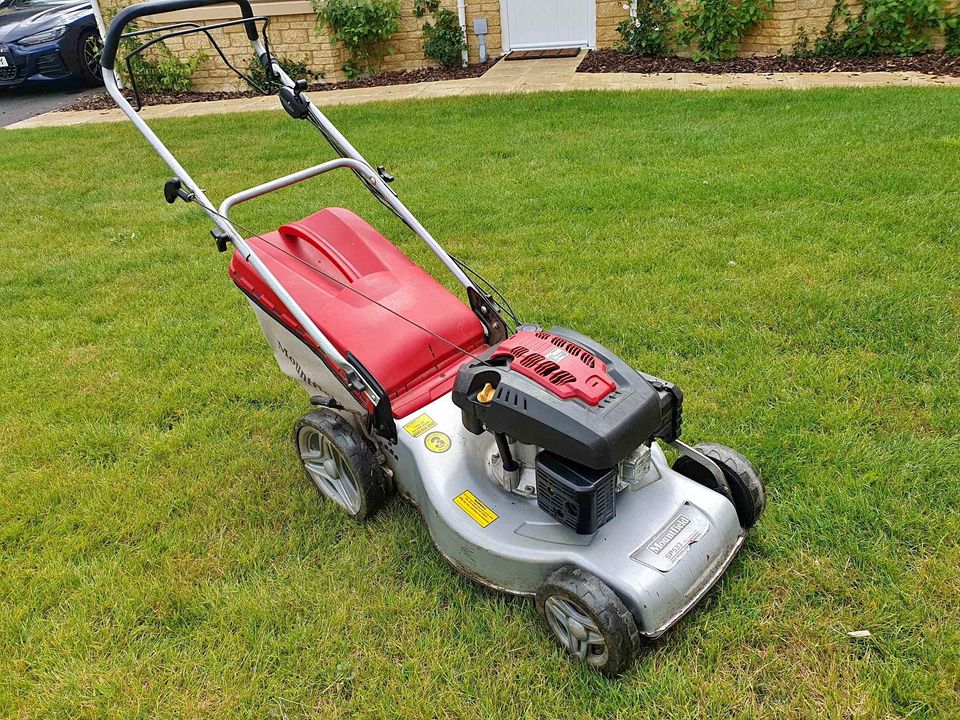
Rotary Mower
⛳️ A Fork/Core Aerator
Next up is a tool that many people don’t use or simply aren’t aware of the benefits of for lawn care in particular.
I’m talking about a fork (or a core aerator if you want to go one step further).
A fork is typically used for small-scale aeration or spot aeration. You might use a fork if:
You have a small lawn or specific areas that need aeration.
You prefer a manual approach and have the time and energy to aerate your lawn by hand.
You want to address compacted soil or improve drainage in localized areas.
I have the Spear & Jackson fork in my shed – it’s sturdy, attractive, and easily penetrates soil.
A core aerator does a bit more than a fork: it removes small plugs or cores of soil from the ground, allowing air, water, and nutrients to penetrate deeper into the soil. You might use a core aerator if your lawn suffers from compaction issues, poor drainage, or thatch buildup. I use the Walensee Lawn Coring Aerator; it has the best reviews on Amazon and has always worked well for me.
You might be wondering, what’s the point in aerating your lawn? Is it really necessary?
I would argue that aerating your lawn is actually essential if you want to maintain your lawn’s health and vitality.
Over time, lawns can become compacted due to foot traffic, garden furniture, weather conditions (think UK rain!), or the natural settling of soil. This restricts the movement of air, water, and nutrients in the soil, which in turn hinders the growth and development of grass roots.
Aerating your lawn allows air, water, and nutrients to more effectively reach the grass roots, creating a healthier root system that encourages lush grass growth and improves your lawn’s overall resilience.
Check out my best lawn aerators guide for more recommendations and tips on aerating your lawn.
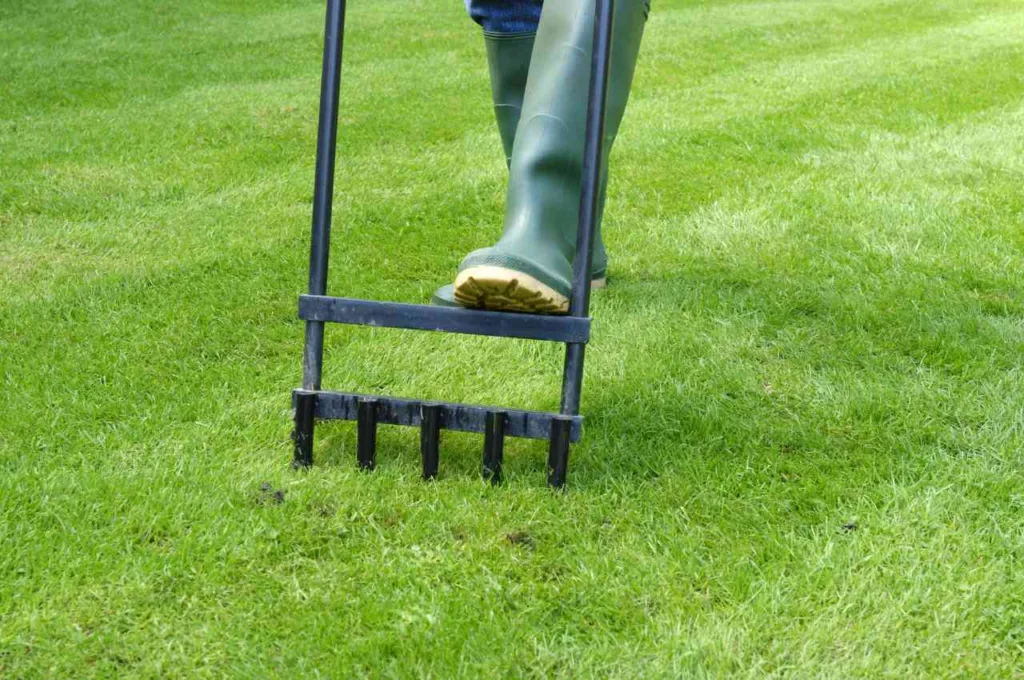
✂️ A Strimmer
For most people, the best way to cut your edges is with a strimmer (or a trimmer, edger, or whatever else you might call it).
I know it’s annoying having to get the strimmer out when you’ve already spent 30 minutes mowing your lawn. But if you want the neatest and tidiest appearance across your whole lawn, it’s worth spending that extra 5-10 minutes strimming.
The added bonus of a strimmer is that it can access areas where a lawnmower might struggle, like around trees, poles, or uneven terrain, and it can trim more precisely to produce a cleaner finish.
I currently use the Flymo Contour 500E Electric Grass Trimmer and Edger. It’s cheap and cheerful, but it works perfectly well and I don’t need anything more powerful or expensive for my smallish garden.
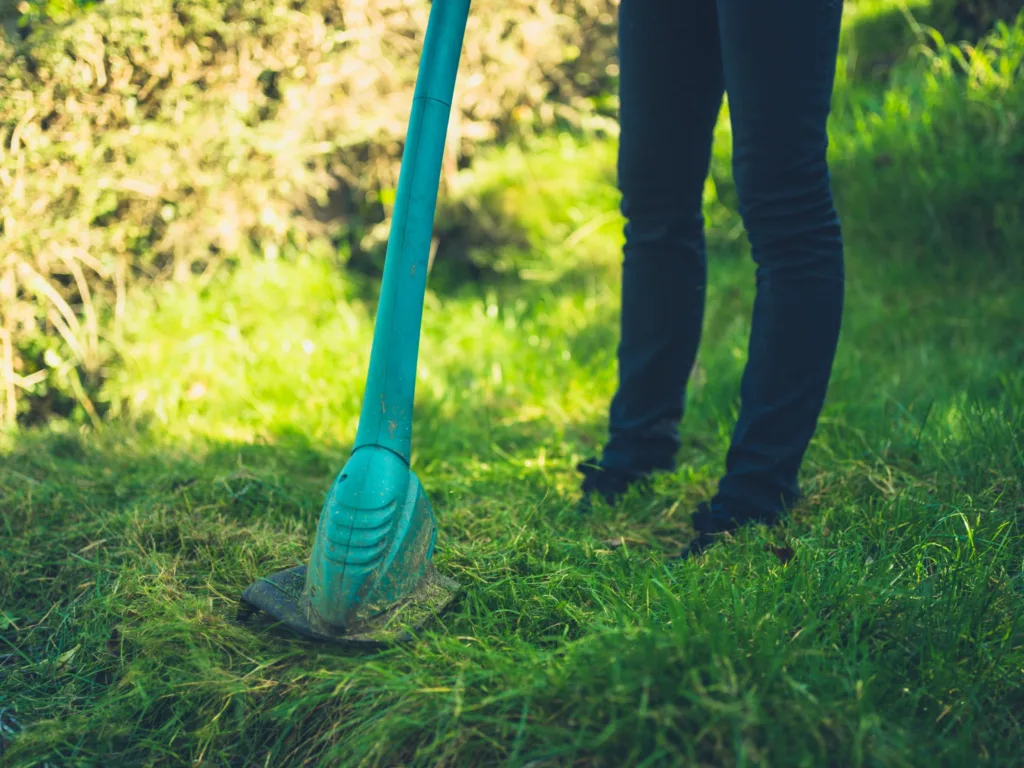
🍂 A Rake or Scarifier
A rake is something else that you might not see the benefit of for your lawn. But again, I recommend a rake (or even better, a scarifier) if you’re serious about lawn care this year.
You can use a rake or scarifier to remove thatch, the layer of dead grass, roots, and other organic matter that can accumulate on the surface of the soil.
Thatch buildup prevents water, air, and nutrients from reaching the grassroots, leading to poor lawn health – so raking or scarifying the lawn helps break up and remove this layer, which ultimately allows for better soil aeration, water absorption, and nutrient uptake.
What’s the difference between a rake and a scarifier?
Rakes are primarily surface-level tools for gathering debris and grooming the lawn’s surface, while scarifiers penetrate the soil more deeply, so they’re better at addressing thatch buildup and soil compaction.
I recommend going for a scarifier if your budget allows. Once a year, usually in spring when the weather starts to improve, I use the VonHaus Lawn Scarifier, which is an electric-powered machine and is quicker and easier than scarifying by hand.
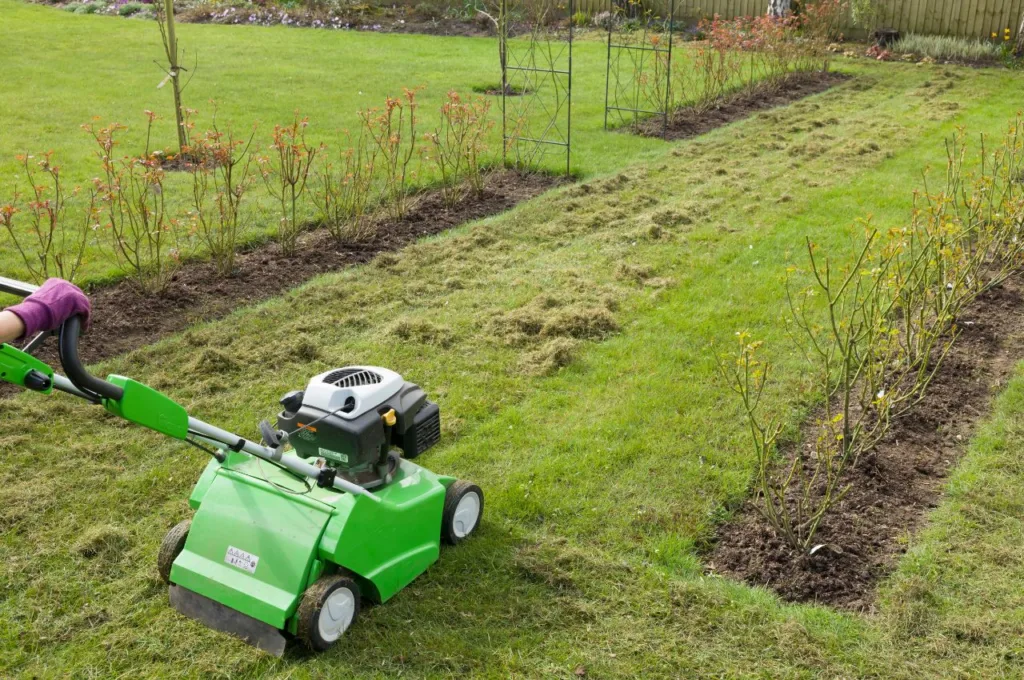
🌱 A Fertiliser Spreader or Sprayer
Finally, I think every garden shed should have a fertiliser spreader or sprayer – because you should be fertilising your lawn every year if you want it to look its best.
I personally use granular lawn feed, so I have a spreader rather than a sprayer for this purpose.
However, I do also use weedkillers when necessary, which I have a dedicated sprayer for.
I don’t use anything fancier than this Gardena Hand-Held Spreader for distributing fertiliser. It’s affordable and gets the job done for my small lawn – I don’t need a push spreader and it’d just take up room I don’t have in my shed!
For weedkiller, I use the Spear & Jackson pressure sprayer, which can also be used for spreading liquid fertiliser.
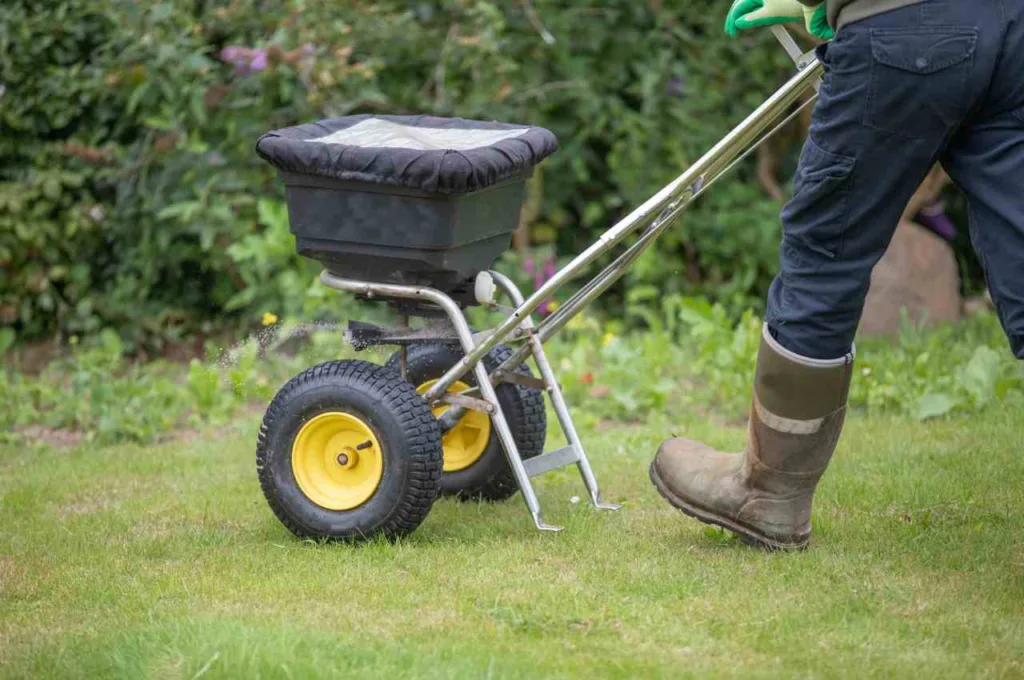
🏁 Final Word
I hope this article was helpful in teaching you which 5 tools I personally couldn’t live without when it comes to lawn care.
I don’t just cut my grass – I focus on creating the ideal soil environment for my lawn to thrive. It’s a work in progress, but I find it incredibly rewarding to watch my lawn change and improve over the seasons.
Let me know if you have any questions about caring for your own lawn, I’d love to help.
